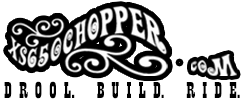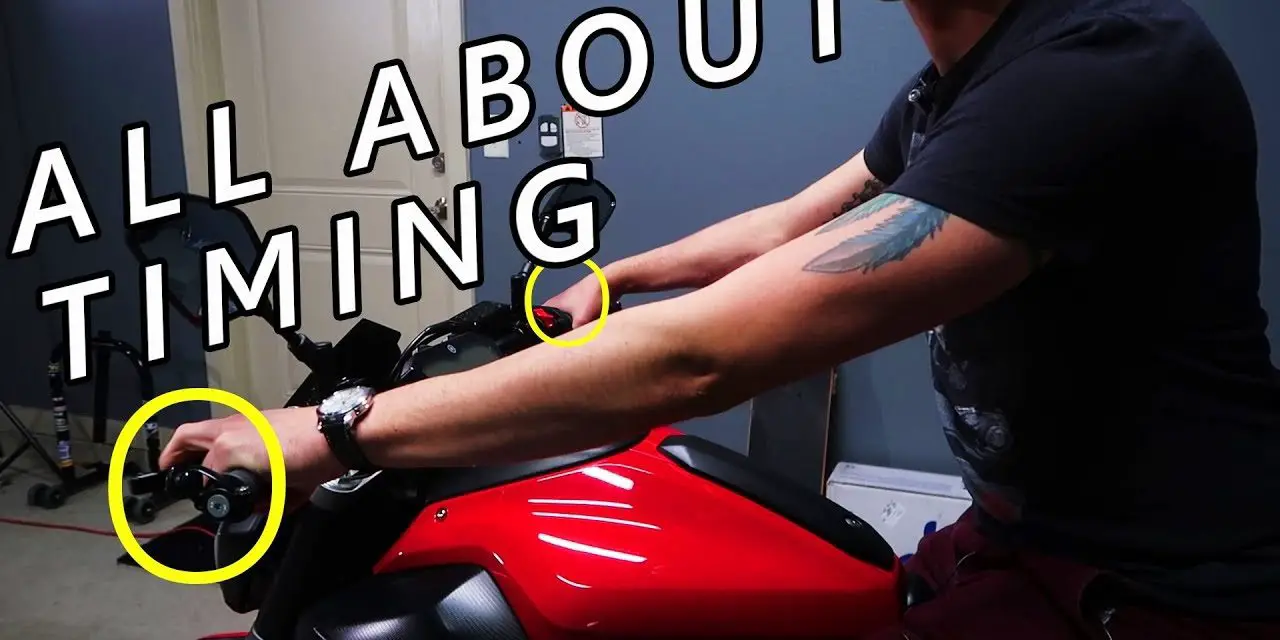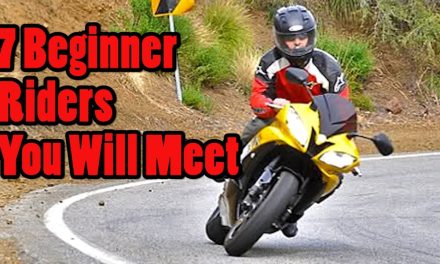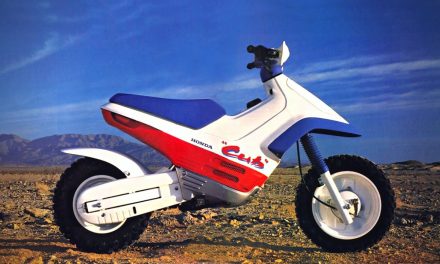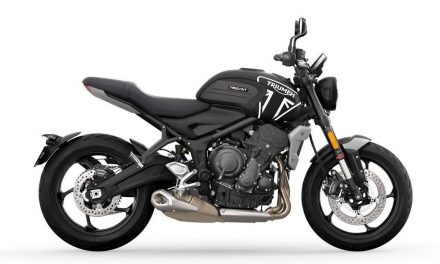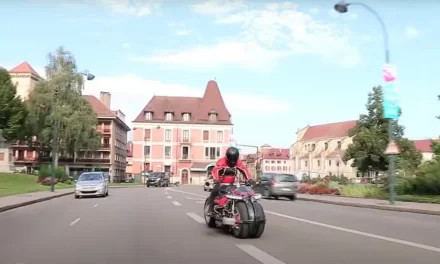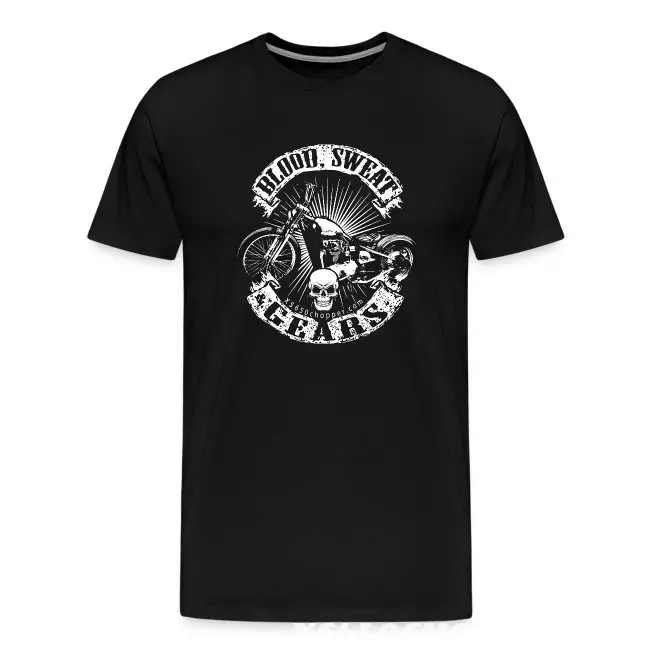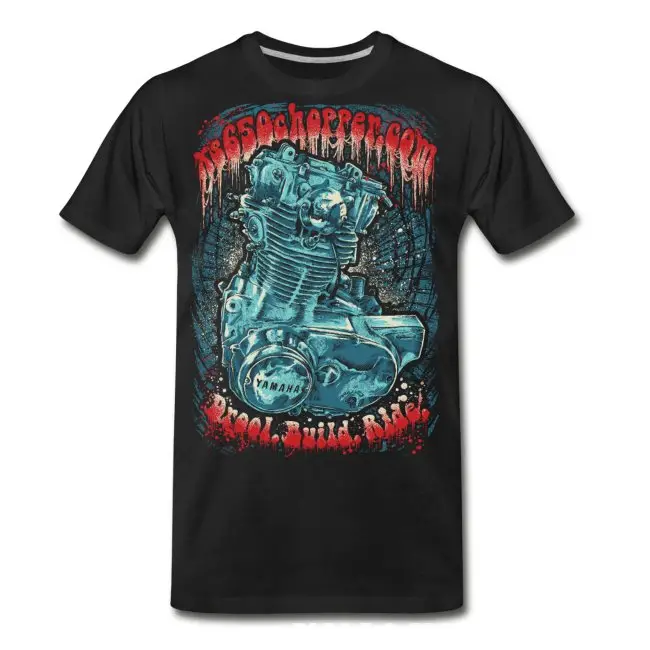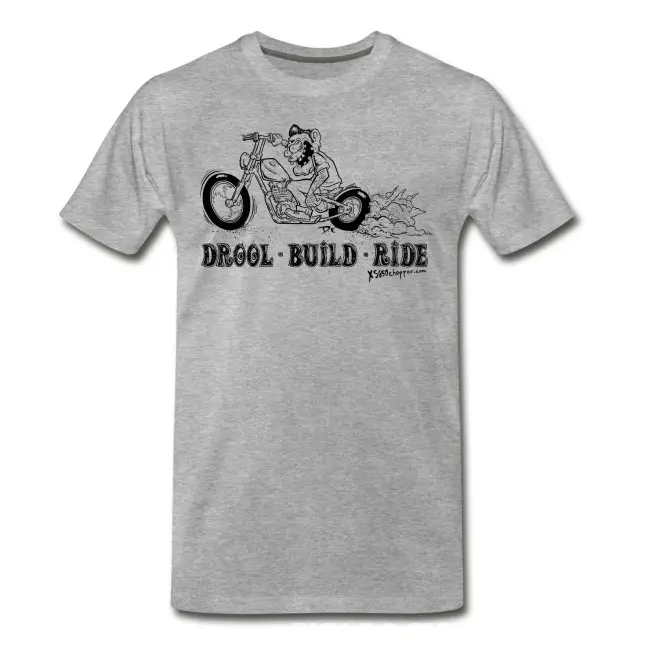Understanding Rev Matching
Rev matching is a skill that can elevate your motorcycle riding experience to new levels of enjoyment and safety. It’s a technique that involves adjusting the engine speed to match the speed of the gearbox as you downshift, resulting in a smoother transition and less wear on the motorcycle’s components. The video by Yammie Noob provides an excellent demonstration of this technique.
When you downshift without rev matching, it can cause the bike to lurch or shudder because the engine speed doesn’t match the gear speed. This can be unsettling, especially for new riders. Proper rev matching smooths out this process, making your ride more comfortable and controlled. To rev match, as you downshift, you briefly blip the throttle to raise the engine RPMs before letting out the clutch. This synchronizes the engine speed with the lower gear speed, allowing for a seamless gear change.
The Joy of Engine Braking
Engine braking is closely related to rev matching and is another technique that can help control your motorcycle’s speed without relying solely on the brakes. It involves downshifting through the gears and allowing the engine’s resistance to slow the motorcycle down. This can be particularly useful when approaching a corner or a stop. The same tutorial illustrates how engine braking can be used effectively to manage your speed.
By rev matching as you engine brake, you ensure that the transition between gears is smooth, maintaining stability and control. This technique not only adds an additional layer of braking power but also contributes to a more enjoyable riding experience. It’s important to practice and get a feel for the timing of both rev matching and engine braking to use them effectively on the road.
Practical Tips for Mastering Techniques
Mastering rev matching and engine braking takes practice and coordination between your hands and feet. As shown in the Yammie Noob video, working the throttle, clutch, and gear selector in unison is key to a smooth operation. Start by practicing in a safe area, such as an empty parking lot, until the movements become second nature.
Remember that every motorcycle is different, and the sensitivity of the throttle and clutch can vary. Take the time to get to know your bike and how it responds to these techniques. As you become more comfortable with rev matching and engine braking, you can start to integrate these skills into your everyday riding.
Combining Braking with Downshifting
For more advanced riders, combining front brake application with rev matching and downshifting can significantly enhance stopping power. This technique, as explained in the video guide, involves using the front brake while simultaneously blipping the throttle and downshifting. It’s a more complex skill that requires fine control and timing but can be very rewarding when executed correctly.
When you apply the front brake while rev matching, you’re using both the engine and the brakes to slow down, providing a more controlled and efficient way to reduce speed. This can be especially useful in emergency braking situations or when riding on twisty roads where you need to adjust your speed frequently.
Final Thoughts on Rev Matching and Engine Braking
Rev matching and engine braking are techniques that, when used together, can greatly improve your motorcycle riding experience. They allow for smoother gear changes, better control of your bike, and can even help prevent unnecessary wear on your motorcycle.
Always remember that safety comes first. These techniques should be practiced in a safe environment until you are confident in your ability to perform them on public roads. With practice, rev matching and engine braking will become an integral part of your riding, enhancing both the enjoyment and safety of your motorcycle adventures.
